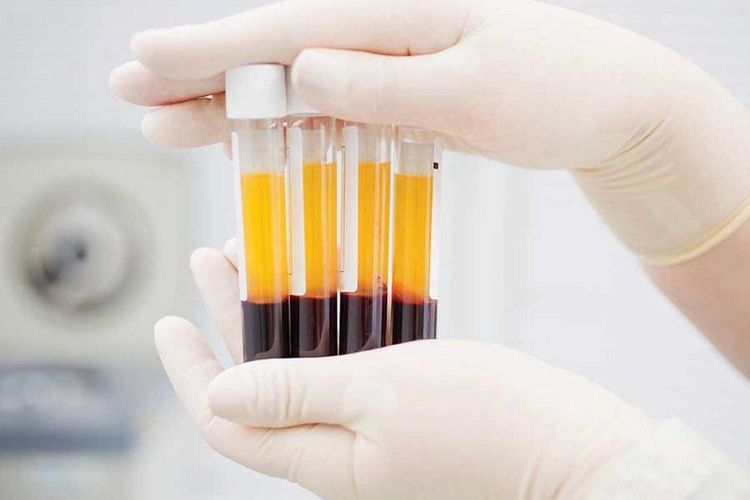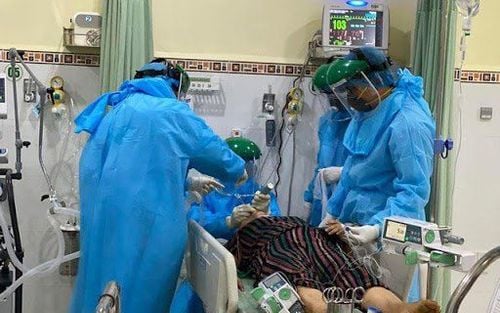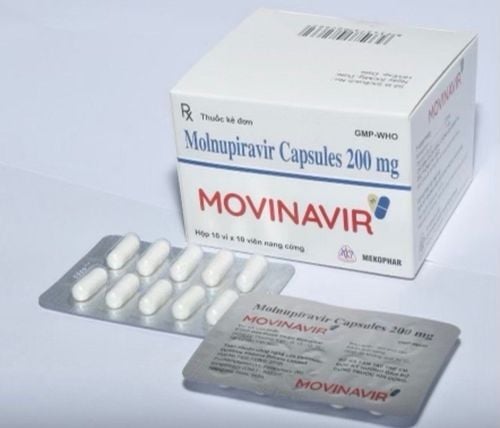This is an automatically translated article.
Convalescent plasma therapy in the treatment of patients infected with COVID-19 is considered and evaluated as a potential new therapy to increase the tools for doctors and nurses to treat patients, especially those with advanced disease. develop serious illness.1. What is convalescent plasma therapy?
Convalescent plasma therapy is a method of using the blood of recovered patients to treat other patients. The US Food and Drug Administration (FDA) has authorized the use of convalescent plasma therapy in the treatment of patients infected with coronavirus 2019 (COVID-19) because there is currently no treatment for COVID- 19 is accepted.Convalescent plasma therapy in the treatment of patients with COVID-19 is based on the principle that the blood of people who have recovered from COVID-19 have antibodies against the virus that causes it. Donated blood will be processed to remove blood cells for plasma and antibodies. People with COVID-19 can inject this plasma to strengthen their ability to fight the virus.

Liệu pháp huyết tương hồi phục là phương pháp sử dụng máu của những người bị bệnh đã khỏi bệnh để điều trị cho những bệnh nhân khác
2. Why is convalescent plasma therapy used?
Convalescent plasma therapy can be used for COVID-19-positive patients. This therapy can help patients recover from COVID-19 infections, which may reduce the severity or shorten the duration of the illness.3. Possible risks
Blood has been and is being used to treat a wide variety of conditions in the past, and it is generally very safe. However, the risk of contracting COVID-19 from convalescent plasma has not been tested. But the researchers believe the risk is low because the donors have fully recovered from the infection. In addition, convalescent plasma therapy has some risks as follows:Allergic reactions Lung damage and difficulty breathing Infections such as HIV and hepatitis B and C However, the patient's risk of infection after using convalescent plasma therapy is low because donated blood must be tested for safety before performing it. The severity of complications can range from mild or no complications to serious or life-threatening complications.

Tổn thương phổi và khó thở là những rủi ro có thể gặp phải khi thực hiện liệu pháp này
4. The process of performing convalescent plasma therapy
For hospitalized COVID-19 positive patients, convalescent plasma therapy will be considered. The procedure is performed only when the donated plasma is compatible with the patient's blood type.To deliver convalescent plasma to a patient, a healthcare provider will insert a needle connected to an intravenous or IV line into a vein in one of the patient's arms. Once the needle is attached, a sterile bag of plasma is attached to the tube and the plasma flows out of the bag and into the tube. It takes about one to two hours to complete the convalescent plasma transfusion.
After that, the patient will be closely observed by medical staff. The doctor will record the patient's response to treatment, record how long the patient needs to stay in the hospital, and whether the patient needs to use other therapies.
It is not possible at this time to confirm that convalescent plasma therapy is an effective treatment for COVID-19. However, the results show that this therapy can help patients recover from the disease.
Data from small clinical trials and national outreach shows that convalescent plasma therapy can shorten the duration of COVID-19 treatment. However, more research is still needed to determine if this therapy is an effective treatment for COVID-19.
Please dial HOTLINE for more information or register for an appointment HERE. Download MyVinmec app to make appointments faster and to manage your bookings easily.
Article referenced source: mayoclinic.org








